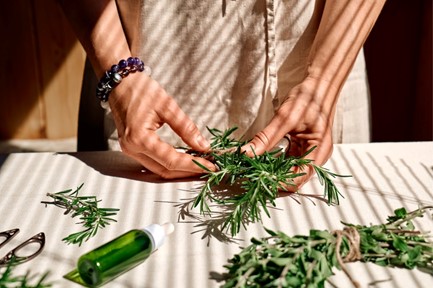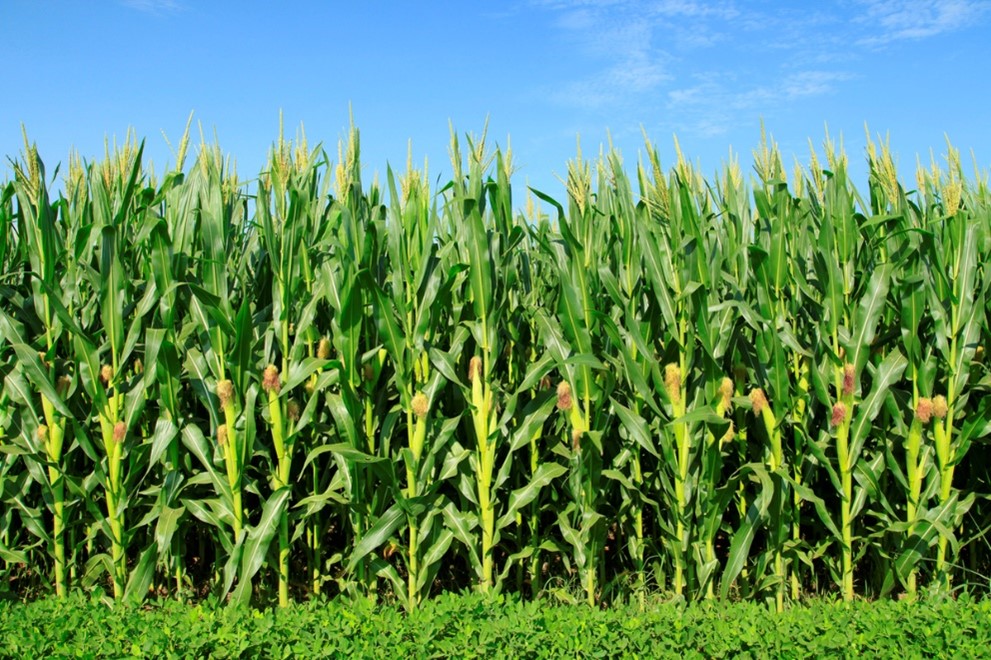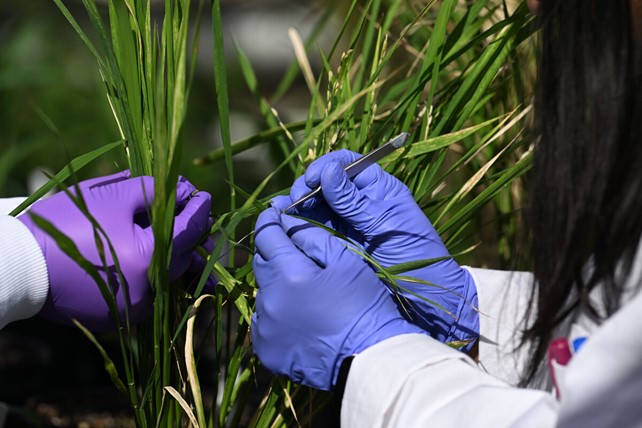Zapping Manure with Special Electrode Promises an Efficient Method
An interdisciplinary team led by University of Wisconsin-Madison scientists has developed a new technique that could help farmers extract useful nutrients such as ammonia and potassium from livestock manure to efficiently make fertilizer and other useful chemical products. While the strategy still needs to be scaled up beyond a proof-of-concept »














